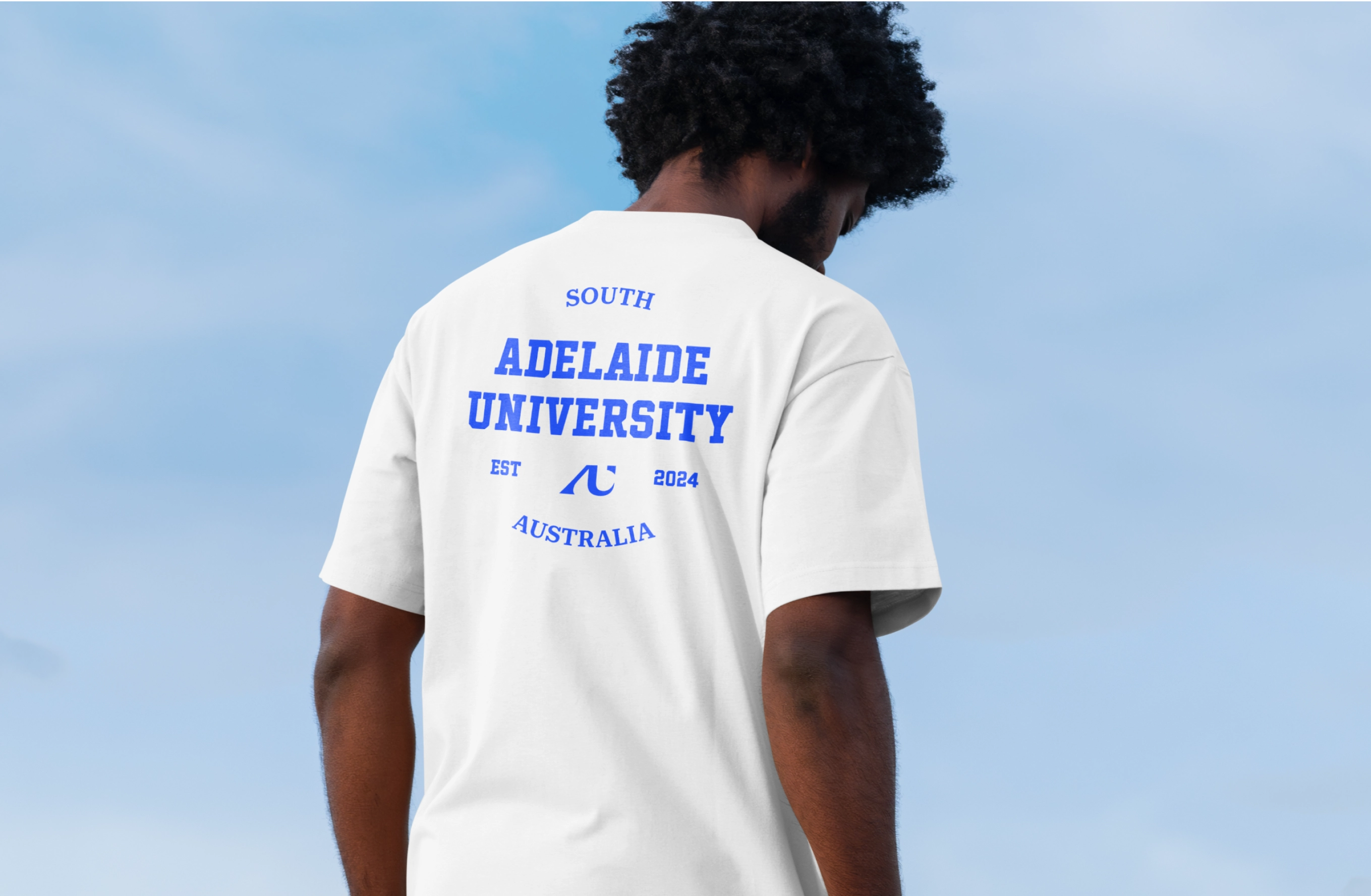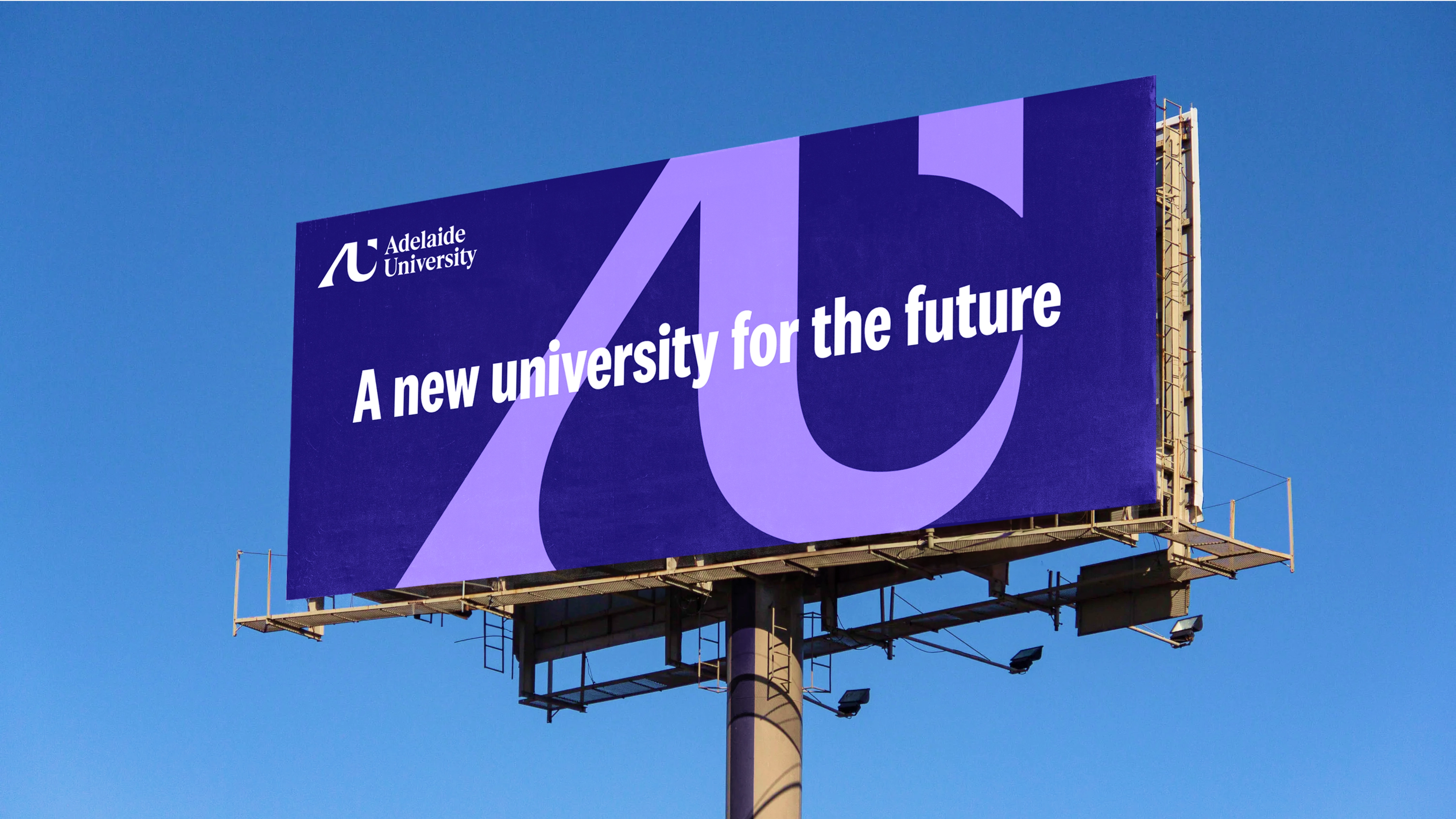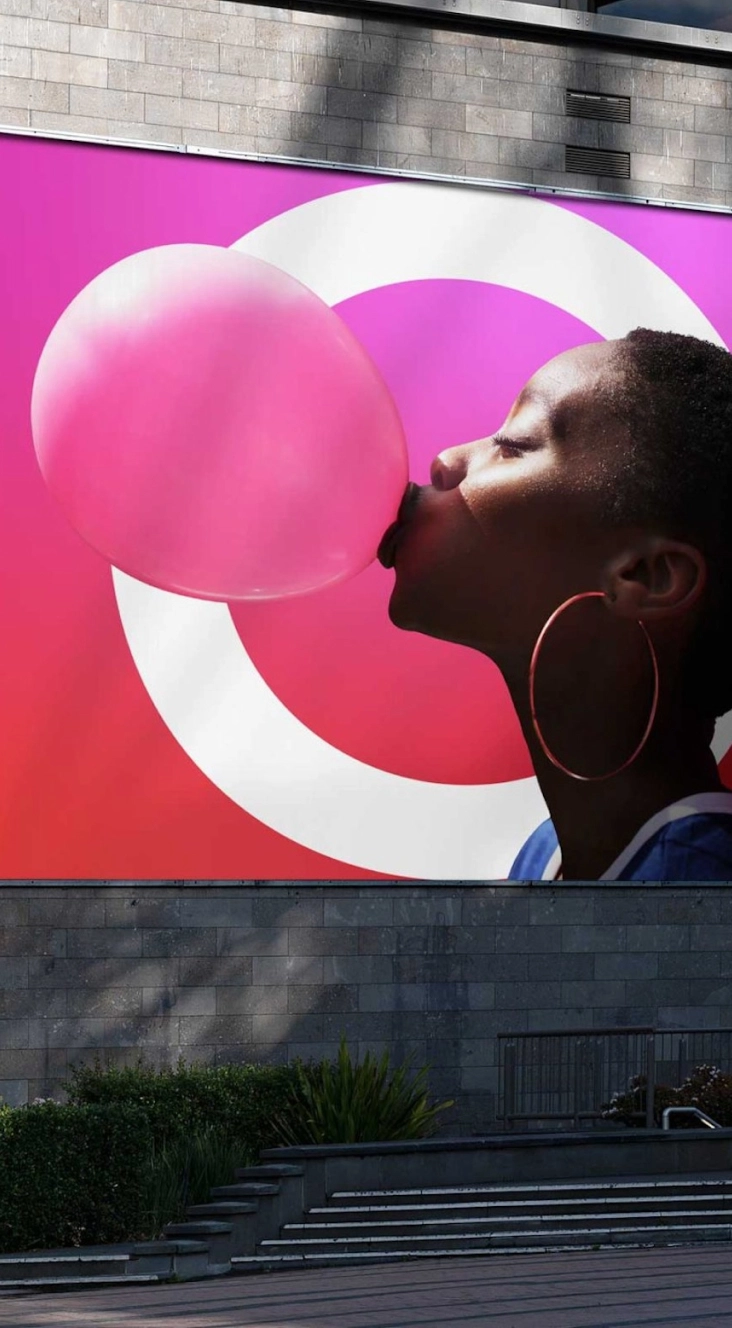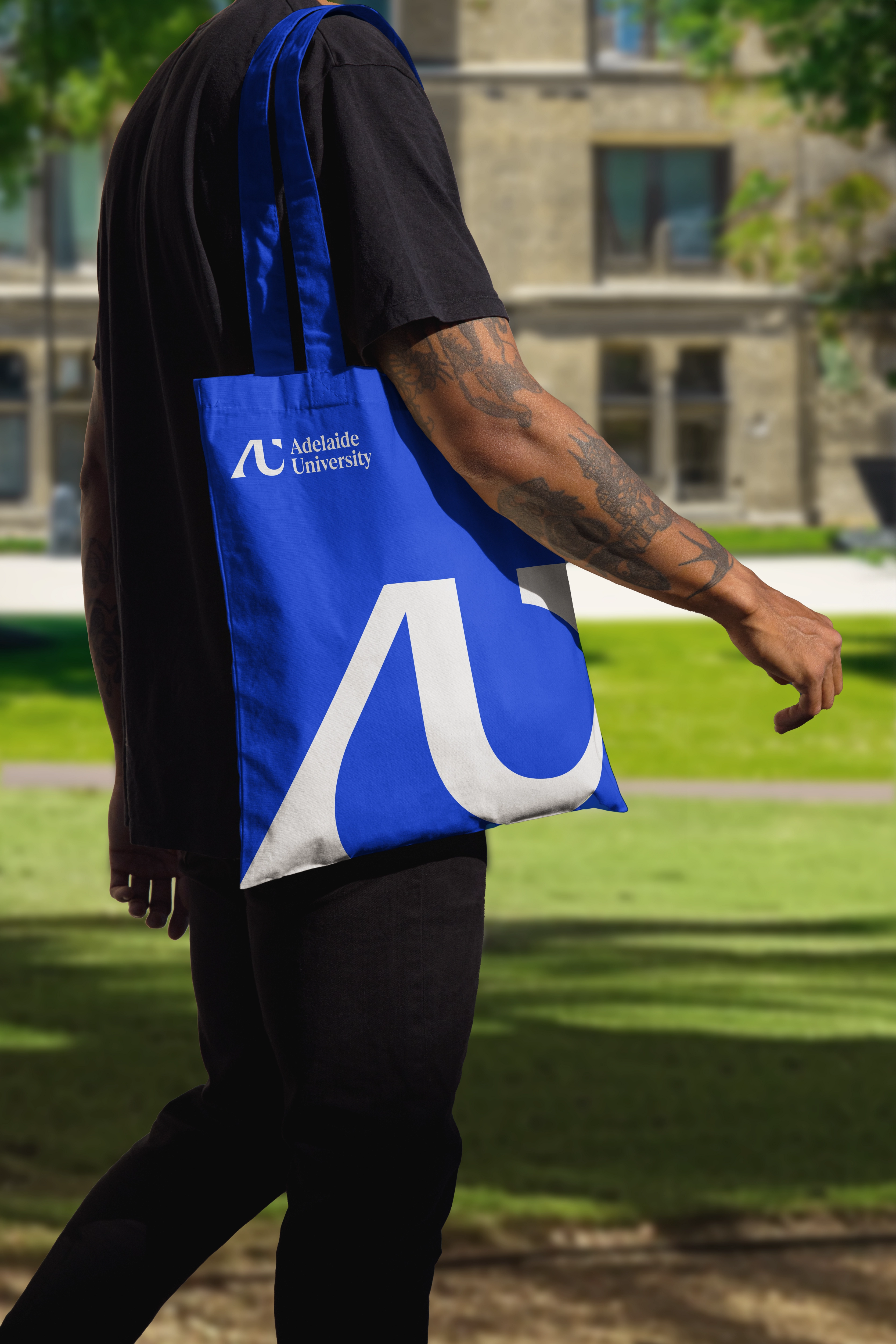August 13, 2024

The Australian higher education sector is at a pivotal moment of change.
In recent years, alternative pathways to success have called the value of universities into question – from the rise of cryptocurrency to an influencer economy which tells young Australians they don’t need a degree to thrive.
Digital disruption thanks to Covid has also made its mark. On-demand learning models such as online courses and masterclass provide students with more affordable, accessible and convenient options.
It’s no surprise then that Australian university enrolments have declined by 12% over the past decade – suggesting that the Federal government’s ambitious target for 55% of young people to hold a Bachelor’s degree by 2050 will not be met.
This creates a big challenge for Australian universities – many of which have a history that is woven deeply into the fabric of their cities and States. And with education being Australia’s fourth-largest export, maintaining the appeal to foreign students is equally critical.
When society is unpicking these threads, being relevant for and connecting with the new generation of students requires bold steps towards transforming their position and reminding us of their value – to safeguard both their today and their tomorrow.
“...being relevant for and connecting with the new generation of students requires bold steps towards transforming their position and reminding us of their value ”
How universities are tackling this landscape
In this new environment, universities have to play harder – and smarter – to create and sustain compelling brands that drive meaningful connections with their audiences. They must remind prospective students and existing stakeholders of their value for tomorrow and potential to push the future forward – not just rely on their heritage.
Whilst rankings remain critical in the selection process, universities need to offer more to differentiate themselves. Everyone within a higher educator’s diverse audience base – students, staff, partners, both locally and globally – are still consumers. Treating a university with the same pursuit for relevancy as a consumer facing brand and proposition is essential.
The conventional visual vernacular of shields, crests and latin mottos is still conveyed by universities old and new – but falling into antiquated category conventions can fall short as it creates little connection or impact for contemporary students and stakeholders.
As such, universities are moving on from representing themselves as Hogwarts-esque institutions (sorry, Potterheads). More progressive universities are switching their expression, imagery and messaging to demonstrate creation of future leaders, stronger attention to campus life and the student experience, and commitment to inclusivity and sustainability.
The power of brand
Overseas, UCL is a gold-standard of how to reshape your historic university brand, which played down its cathedral-styled logo in favour of a more simplistic emblem. This provides a clean platform to share its commitment to fostering innovation and pioneering leadership – brought to life beyond the logo and through its visual ecosystem, tone of voice and digital presence.
For universities steeped in their histories, such as Oxford, Cambridge and Harvard, they instead have been successful in crafting relevance beyond the campus with initiatives like Harvard Business Review and Oxford University Press – becoming active voices in carving out the future without foregoing their iconic legacies.

Universities would be wise to look to commercial brands for inspiration, who have a relentless focus on staying on the pulse and treating their audience as buyers. Higher education brands should no longer only be created for episodic interactions timed around semesters and moments on campus. Instead, they should embrace an always-on model that connects through multiple touchpoints – particularly digital – to create ongoing meaning and engagement.

An Australian example in focus
The launch of the new Adelaide University this month demonstrates this balancing act between prestige and progress in action. The merging of The University of Adelaide (a heritage institution) and The University of South Australia (a more modern educator) poised a natural challenge. How do you create a brand that carries forward the legacies of both universities, while evoking the new university’s unified mission to be a future-facing, progressive institution?
“How do you create a brand that carries forward the legacies of both universities, while evoking the new university’s unified mission to be a future-facing, progressive institution? ”
The answer was an open and bold brand expression which transforms, rather than forgets, both universities’ heritages. The “AU” monogram is distinctly modern in style, while the “U” resembles a shield in a nod to the history behind the new institution. Its shape is inspired by angularity of the iconic Adelaide Festival Theatre to firmly root the brand in Adelaide, creating a strong sense of place for interstate and international audiences as well as South Australians. In a vibrant combination of blues, purple and limestone , the new brand was designed digital-first to connect off-campus and through touch points such as social and website.
By creating a brand that doesn’t look and feel only like a traditional sandstone university, the new Adelaide University expression represents its broader value – driving positive change through progressive, academic excellence – and positions it as a major player in today’s education landscape.

Enduring into the future
As the higher education sector continues to undergo profound transformation, universities will only remain top-of-choice for the next generation if they go beyond their campuses and put power behind their brands across multiple moments and touchpoints.
By treating universities with the same thirst for reinvention, connection and progress as a consumer brand, not only will it drive immediate consideration for prospective students and keep stakeholders on-side – it will also ensure they have an enduring place in an ever-evolving education ecosystem.








